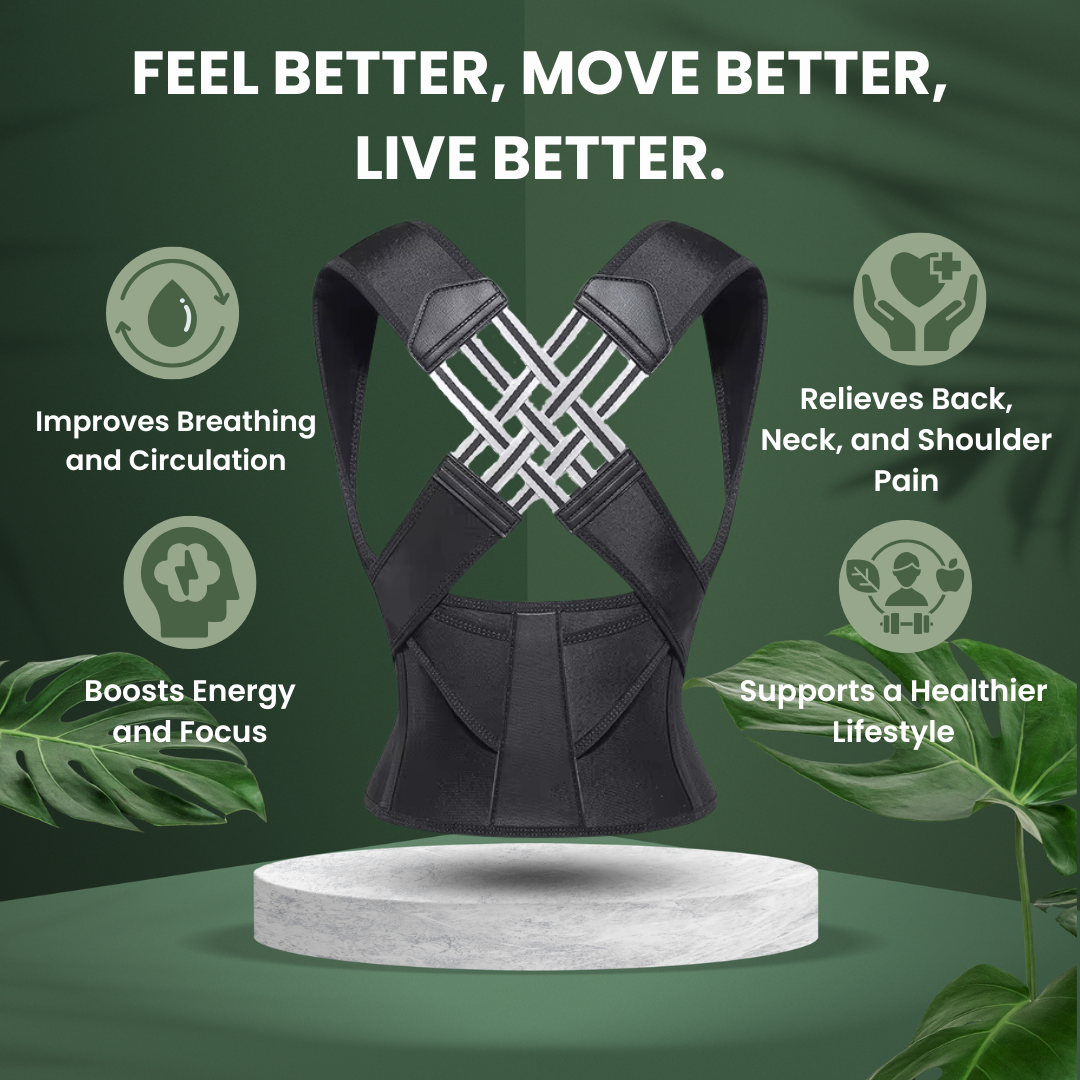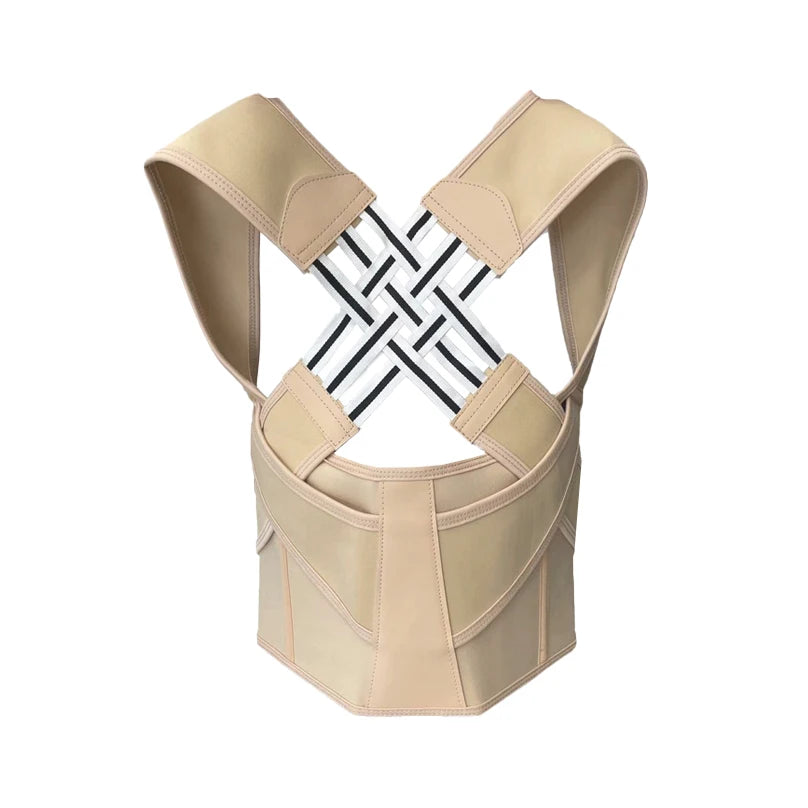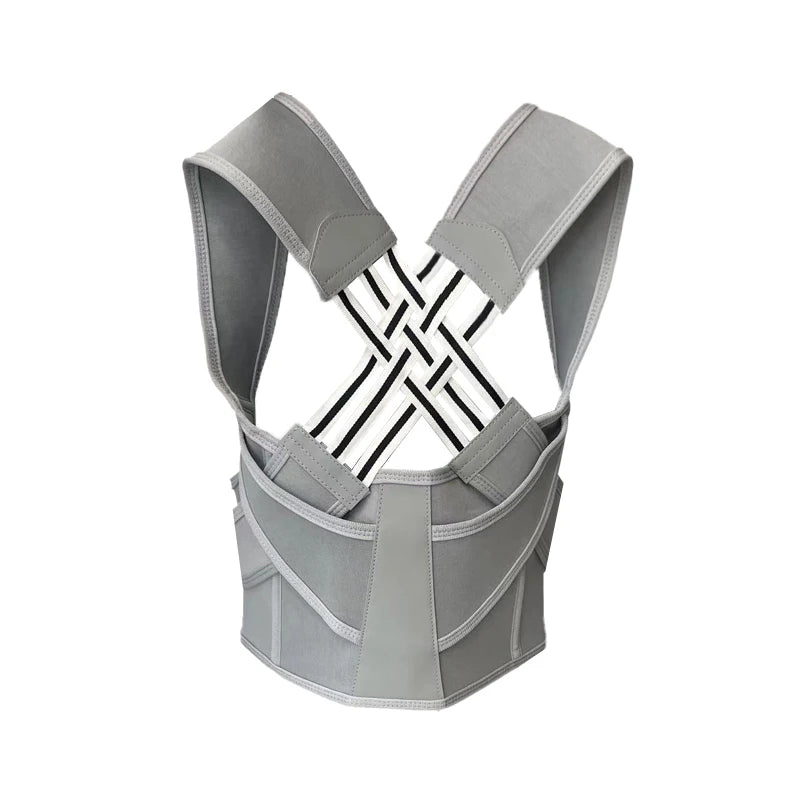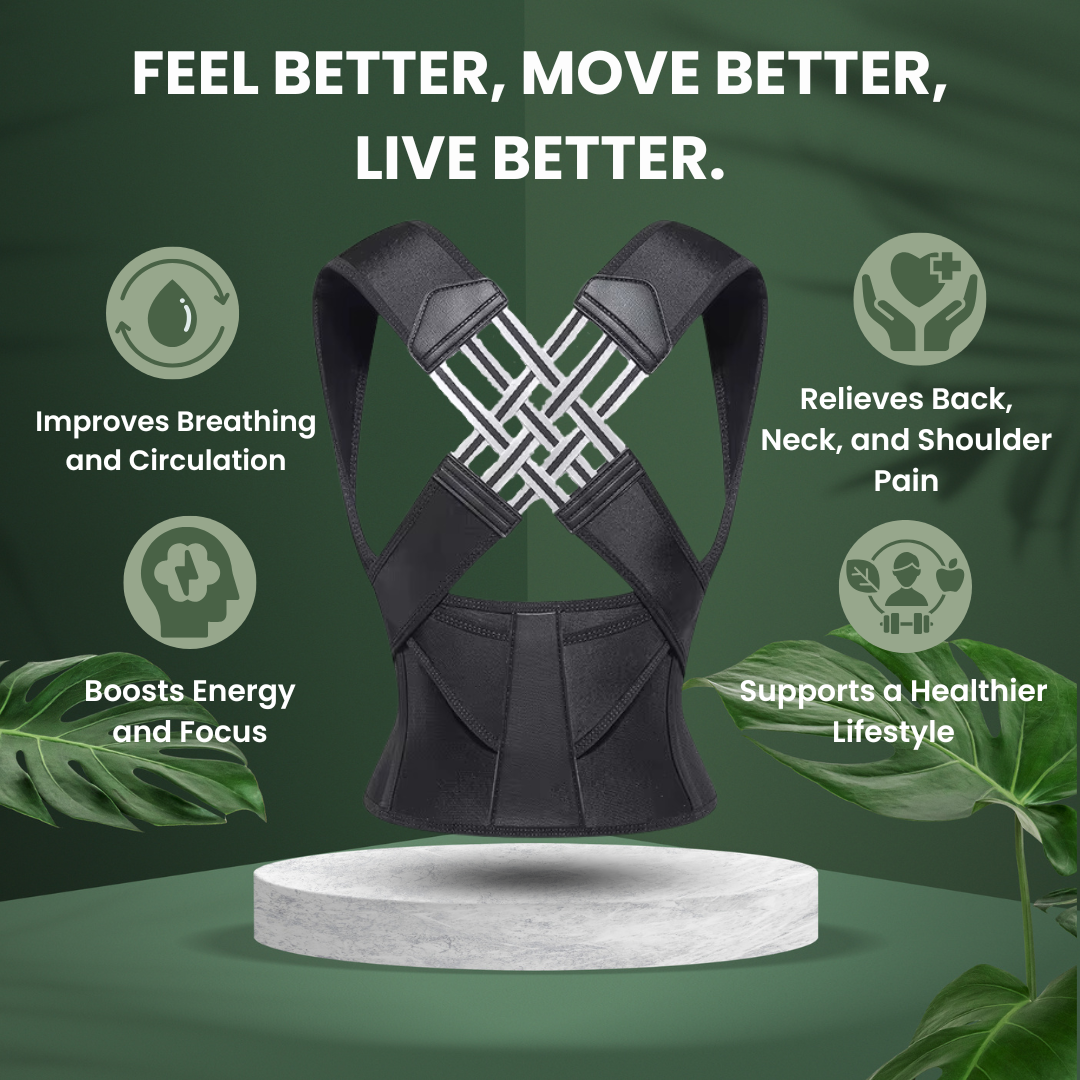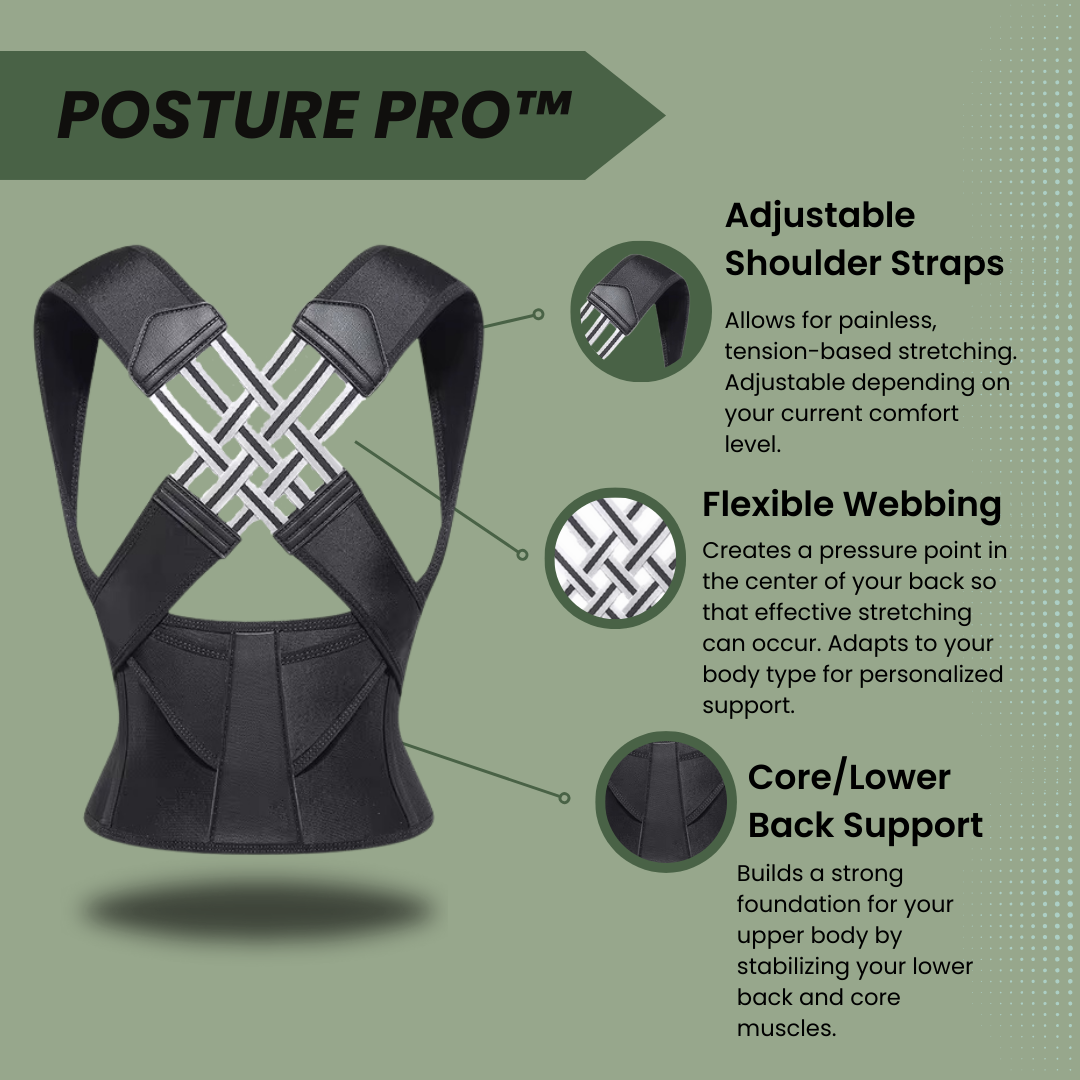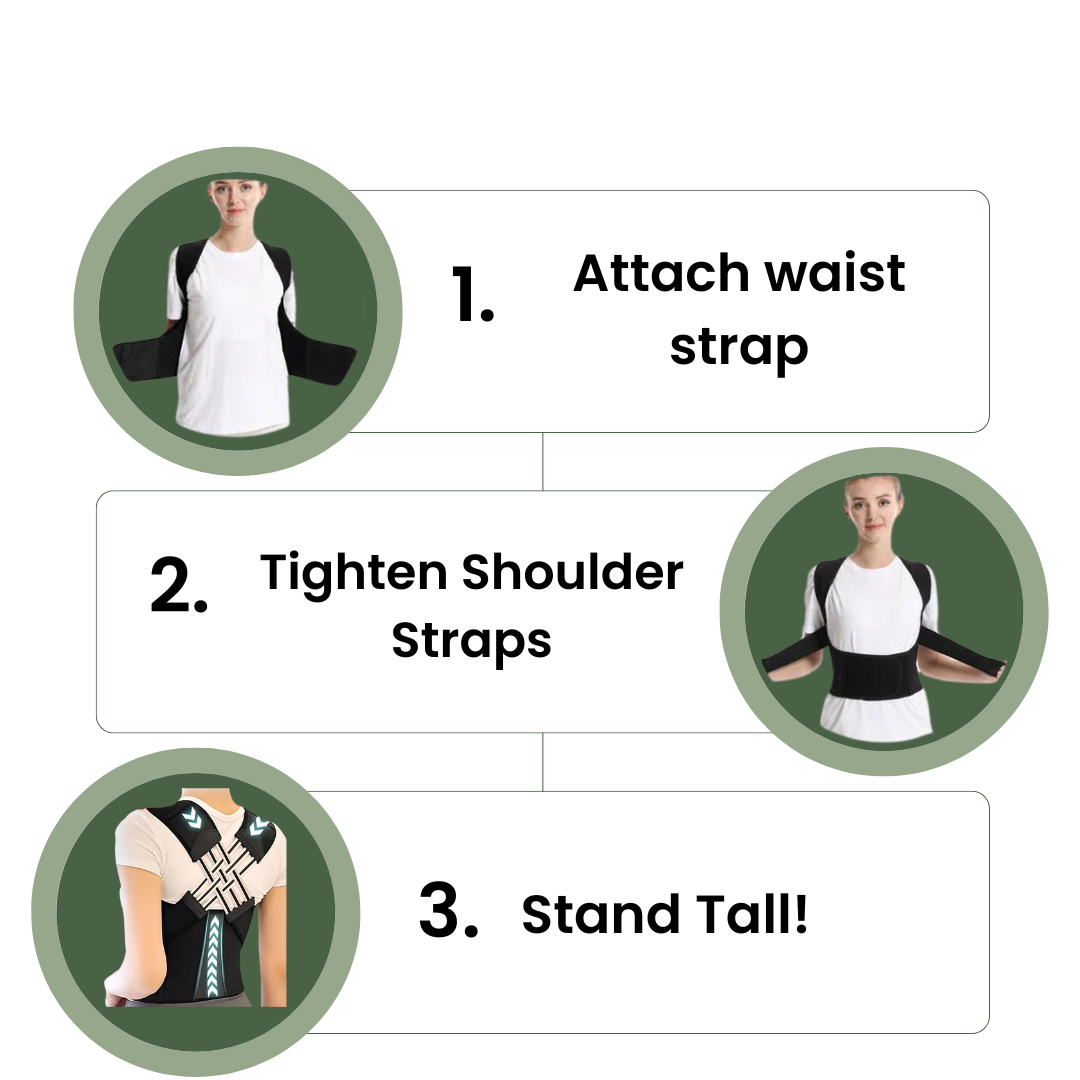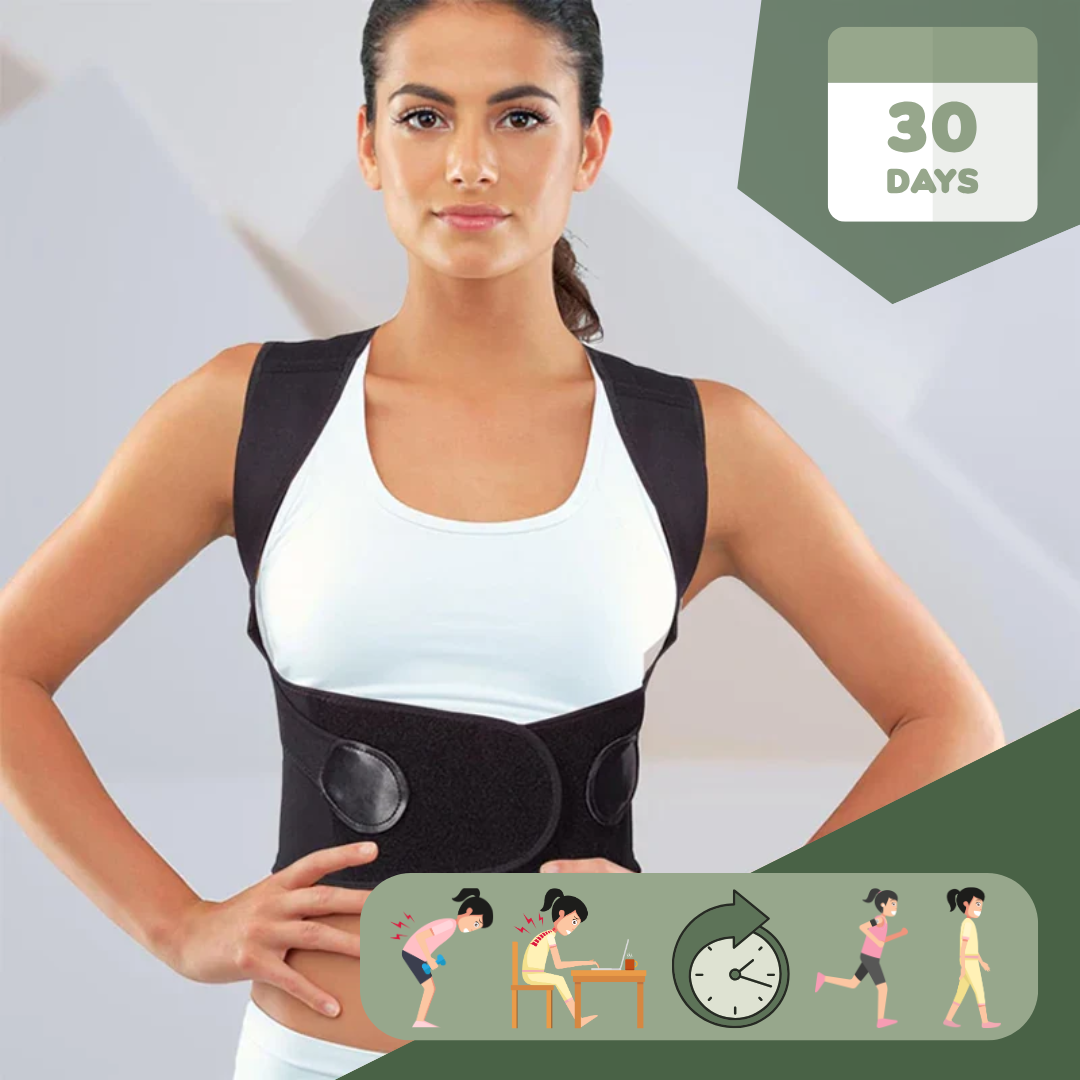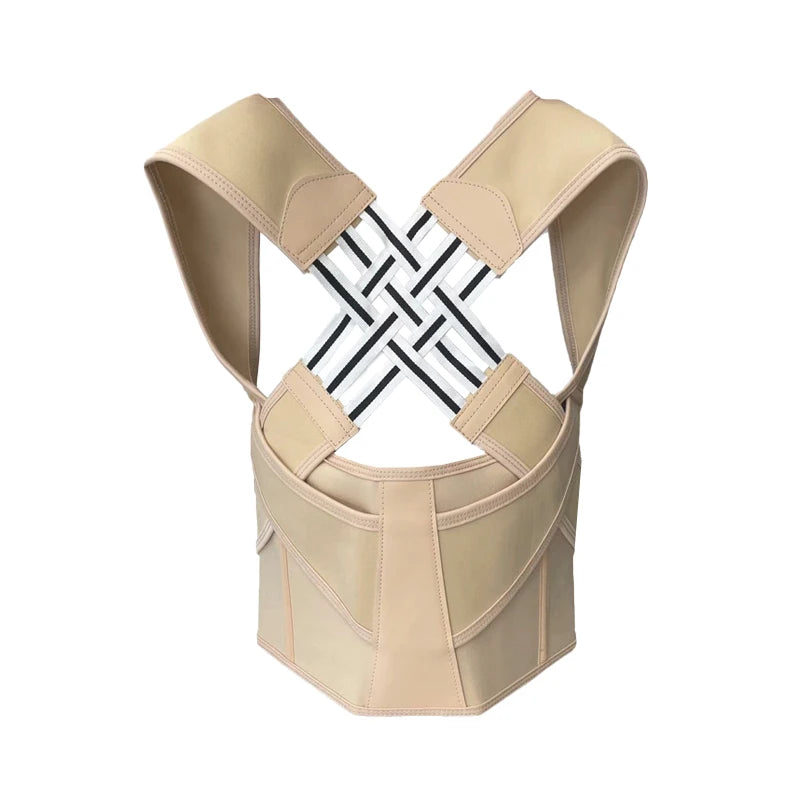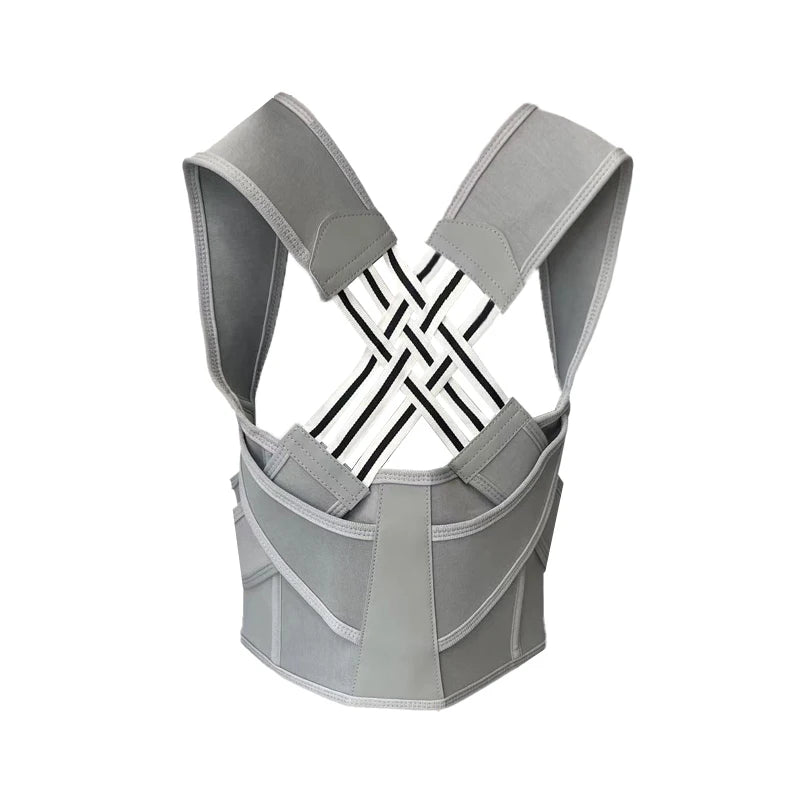Are you feeling sharp pain from your lower back to your feet? This might be sciatica. Our guide on the best stretches for sciatica pain relief can help you ease that discomfort. Read on for solutions.
Key Takeaways
- Sciatica pain comes from pressure on the sciatic nerve, often due to herniated discs or spinal stenosis. Stretching and exercise relieve this discomfort.
- Engaging in specific stretches, such as knees to chest, cobra poses, seated hip stretches, standing hamstring stretches, and seated spinal twists can offer significant relief for those suffering from sciatica pain.
- Mindful yoga flows targeting the sciatic nerve can improve flexibility and ease pain symptoms. Including scissor hamstring stretch, back flexion stretch, and sciatic nerve glide exercises in your routine helps manage this condition.
- Maintaining good posture and using proper lifting techniques are essential for preventing sciatica pain. These practices support spine health and reduce stress on the lower back and sciatic nerve.
- Applying heat or cold therapy after stretching can soothe sore muscles and decrease inflammation around the affected area, offering additional comfort from sciatica symptoms. Seeking medical help is advised if pain persists despite self-care measures.
What is Sciatica and Its Causes?
Sciatica refers to pain that travels along the sciatic nerve. This condition often arises from pressure on the sciatic nerve, such as a herniated disc or spinal stenosis.
Pressure on the sciatic nerve
Pressure on the sciatic nerve causes significant pain. This pressure often results from irritation or compression along the nerve's path, which runs from the lower back to the toes.
Herniated discs and spinal stenosis are common causes of this pressure. These issues can result in symptoms like shooting pain down the leg, numbness, or weakness.
To alleviate this discomfort, specific exercises for sciatica pain relief exist. Regular practice of these stretches strengthens muscles and helps prevent spasms. Collective Chiropractic offers various effective sciatica treatment options focused on stretching and nerve pain relief.
“Exercise can relieve the pain of sciatica.”
Herniated disc
A herniated disc occurs when a disc in the spine bulges out. This condition can irritate or compress the sciatic nerve, which runs from the lower back to the toes. Sciatica pain results from this compression.
It often causes discomfort in the lower back and legs. Many people experience sciatica due to a herniated disc.
Various exercises for sciatica pain relief are effective for managing symptoms caused by a herniated disc. Stretches like seated glute stretches and knee-to-opposite stretches help relieve pressure on nerves.
A regular routine of these stretches strengthens muscles and helps prevent spasms. Seeking physical therapy for sciatica may also provide guidance on safe stretching techniques that promote healing and alleviate pain.
Spinal stenosis
Spinal stenosis occurs when the spinal canal narrows. This narrowing puts pressure on the sciatic nerve, causing pain that can travel from the lower back to the legs. Common symptoms include numbness, weakness, and discomfort in these areas.
To treat sciatica caused by spinal stenosis, try specific stretches like seated exercises or standing stretches. These movements help relieve pain while also strengthening muscles to prevent further issues.
Simple techniques such as the figure stretch or pelvic tilt can offer significant relief when performed regularly.
Stretches for Sciatica Pain Relief

Stretches for sciatica pain relief can significantly ease discomfort. These exercises target key muscles, offering soothing benefits to those who struggle with sciatic nerve pain.
Knees to chest
The "Knees to Chest" stretch helps relieve sciatic nerve pain effectively. This simple exercise stretches the lower back and hips, easing tension around the sciatic nerve. Lie on your back with your knees bent.
Bring one knee toward your chest while keeping the other foot flat on the floor. Hold this position for 20-30 seconds, then switch legs.
This stretch strengthens muscles to prevent spasms in areas affected by sciatica pain. It is important to perform this stretch gently and avoid excessive pulling on the knees. Incorporating this into a regular sciatica exercise routine can provide fast relief from discomfort associated with hip and leg pain.
Cobra or modified cobra
Cobra or modified cobra stretches provide essential relief for sciatica pain. These exercises target the back and help alleviate pressure on the sciatic nerve. They involve lying face down, placing hands under your shoulders, and gently pushing up to lift the chest.
The stretch opens up the spine and promotes better flexibility.
Incorporating this stretch into your routine can enhance relaxation in lower back muscles. Many find it effective alongside other sciatica pain management techniques. Regular practice can improve overall spinal health while providing immediate benefits against discomfort.
Utilize these stretches as part of a larger exercise for sciatica pain strategy.
Seated hip stretch
The seated hip stretch effectively targets areas that may contribute to sciatica pain relief. This stretch helps loosen tight hips and lower back muscles. It is especially beneficial for those dealing with sciatic nerve pain relief, as it promotes flexibility.
Sit on the floor with your legs extended in front of you. Bend one knee and place your foot over the opposite thigh. Gently pull the bent knee toward your chest while keeping your back straight.
Hold this position for 20-30 seconds before switching sides. Regularly practicing this stretch can enhance mobility and reduce discomfort caused by tightness in the hip and leg muscles.
Standing hamstring stretch
The standing hamstring stretch helps relieve sciatica pain effectively. This stretch targets the hamstrings, which often tighten when you experience sciatic nerve irritation or compression.
Stand tall with your feet hip-width apart. Slowly bend at your hips while keeping your knees slightly bent. Reach for your toes or as far down as you can go without forcing it. Hold this position for 15 to 30 seconds and breathe deeply.
This exercise not only stretches the lower back but also improves flexibility in the legs and hips. Incorporating this stretch into your routine may enhance overall movement and reduce discomfort associated with sciatica.
Regular practice of lower back stretches like this one can prevent future pain episodes and aid muscle strengthening to avoid spasms.
Seated spinal twist
The seated spinal twist effectively relieves sciatica pain. This stretch targets the muscles in your lower back and hips, helping to release tension. Sit on the floor with your legs extended.
Bend one knee and place that foot outside the opposite thigh. Twist your torso towards the bent knee while keeping your back straight. Hold this position for several deep breaths before switching sides.
Incorporating this stretch into your routine can provide natural methods for sciatica relief. It is one of many effective sciatic nerve stretches available to help reduce discomfort.
Regular practice can enhance flexibility and strength in key areas affected by sciatica, promoting better overall spine health.
Mindful Moves: 15-Minute Yoga Flow for Sciatica
Mindful Moves offers a gentle 15-minute yoga flow that targets sciatic pain. This routine includes stretches that promote relaxation and mobility, making it easier to manage discomfort effectively.
Scissor hamstring stretch
The scissor hamstring stretch effectively relieves sciatica pain. This stretch targets the hamstrings and lower back, easing tension in these areas. To perform it, lie on your back with one leg raised towards the ceiling.
Keep the other leg flat on the ground. Hold for a few seconds, then switch legs.
Incorporating this stretch into your routine can help strengthen muscles to prevent spasms. It offers immediate relief from discomfort caused by tightness in the hamstrings and lower back.
Regularly performing this exercise contributes to long-term management of sciatic nerve irritation or compression.
Back flexion stretch
The back flexion stretch helps relieve sciatica pain effectively. This stretch targets the lower back and encourages flexibility. It also strengthens muscles around the spine, which can prevent future spasms.
People often experience discomfort from irritation or compression of the sciatic nerve, which runs from the lower back to the toes.
To perform this stretch, stand with feet shoulder-width apart. Slowly bend backward while keeping your knees straight. Hold this position for a few seconds before returning to an upright stance.
Regular practice of stretches like this one can provide immediate relief from lower back pain and improve overall mobility.
Sciatic nerve glide exercise
The sciatic nerve glide exercise helps relieve sciatica pain. This simple stretch targets the nerve running from your lower back to your toes. Many people experience immediate relief with this exercise.
It promotes mobility and reduces irritation of the sciatic nerve.
To perform this stretch, sit on the edge of a chair. Straighten one leg in front of you while keeping the other foot flat on the ground. Flex your ankle by pulling your toes towards you and then pointing them away.
Repeat this movement for several sets, switching legs after each set. Including stretches like this can enhance overall comfort and support in daily activities for those with sciatica pain.
How to Prevent and Treat Sciatica Pain
Regular exercise and stretching strengthen your muscles. Good posture helps maintain a healthy spine. Use proper lifting techniques to avoid injury. Apply heat or cold therapy for relief.
Seek medical help if pain persists. Discover more helpful tips for managing sciatica pain ahead!
Regular exercise and stretching
Exercise can relieve the pain of sciatica. Stretching keeps muscles strong and flexible, helping to prevent spasms.
- Engage in regular physical activity to strengthen back and core muscles. Strong muscles support the spine and reduce pressure on the sciatic nerve.
- Incorporate specific stretches for sciatica, such as the lying knee-to-chest stretch. This exercise helps alleviate tension in the lower back.
- Perform hamstring stretches like the standing hamstring stretch. Stretching your hamstrings eases tightness that can worsen sciatica pain.
- Include hip stretches in your routine, such as the seated glute stretch or figure four stretch. These exercises improve flexibility around the hips and lower back.
- Maintain good posture during daily activities to prevent strain on your back. Proper alignment reduces irritation on the sciatic nerve.
- Use proper lifting techniques to avoid unnecessary stress on your back and legs while carrying heavy objects.
- Apply heat or cold therapy after exercising or stretching sessions to soothe sore muscles and ease inflammation around the sciatic area.
- Seek medical help if pain persists despite regular exercise and stretching routines designed for sciatica relief.
- Consider gentle yoga flows specifically focused on alleviating sciatica symptoms for improved overall flexibility and relaxation.
Engaging in these practices enhances your ability to manage sciatica effectively through consistent effort and attention to body mechanics.
Maintaining good posture
Maintaining good posture plays a vital role in preventing and treating sciatica pain. Poor posture can put pressure on the sciatic nerve, causing irritation or compression from the lower back to the toes.
Simple changes like sitting up straight and keeping your shoulders back can make a big difference. Make sure your work desk is ergonomic to reduce strain on your spine.
Incorporate regular exercises into your routine to strengthen key muscles. These may include lower back pain stretches and specific sciatica stretches designed for effective relief.
Proper lifting techniques also help avoid unnecessary stress on your body, further supporting long-term health.
Using proper lifting techniques
Using proper lifting techniques can help prevent sciatica pain. Always bend your knees, not your back, when picking up heavy objects. Keep the load close to your body while lifting.
This action reduces strain on the lower back and sciatic nerve. Many people overlook these techniques but they can make a significant difference.
Applying good posture during everyday tasks is essential too. Avoid twisting your torso while carrying items. Instead, pivot with your feet to keep your spine aligned. Proper techniques are crucial for those who experience sciatica pain relief exercises like lumbar stretches or piriformis stretches.
Emphasizing these practices will strengthen muscles and reduce the risk of further discomfort.
Applying heat or cold therapy
Applying heat or cold therapy helps reduce sciatica pain. Heat can soothe tight muscles and improve blood flow. Use a heating pad or warm towel for relief. Cold therapy reduces inflammation and numbs sharp pain.
Apply an ice pack wrapped in cloth to the painful area for about 15-20 minutes.
These therapies work well with other strategies like stretching exercises, especially back pain relief exercises. Individual response to these methods may vary. Finding the right approach can help ease discomfort from sciatica effectively.
Explore both options to see which one provides better relief for your specific situation.
Seeking medical help when necessary
Seeking medical help is crucial for managing sciatica pain. Some symptoms may indicate a more serious condition. If you have severe pain or weakness in your legs, consult a doctor right away.
Medical professionals can assess the situation and suggest treatments tailored to your needs.
Collective Chiropractic offers effective sciatica pain management and stretches for relief. Besides exercises, doctors might recommend therapies like physical therapy or medication if needed.
Understanding when to seek professional guidance can prevent further discomfort and help you regain mobility quickly.
Conclusion
Stretches can greatly relieve sciatica pain. Simple movements like the seated spine twist and hamstring stretch bring comfort. Regular exercise helps strengthen your muscles and prevent future pain.
Try these stretches for quick relief and improved flexibility. Take charge of your health today!
FAQs
1. What is the best stretch for sciatica pain relief?
The lying knee-to-chest stretch is often recommended as one of the best stretches for relieving sciatica pain.
2. Can hip and leg pain relief exercises help with sciatica?
Yes, certain hip and leg pain relief exercises can target the muscles affected by sciatica, helping to alleviate discomfort.
3. How do spine stretches aid in mitigating sciatic nerve agony?
Spine stretches can help elongate your back, create space between your vertebrae, and reduce pressure on your sciatic nerve—thus providing some degree of relief from pain.
4. Is yoga beneficial for people suffering from sciatica?
Absolutely! Specific yoga poses are known to be effective in providing relief from symptoms associated with Sciatica.



